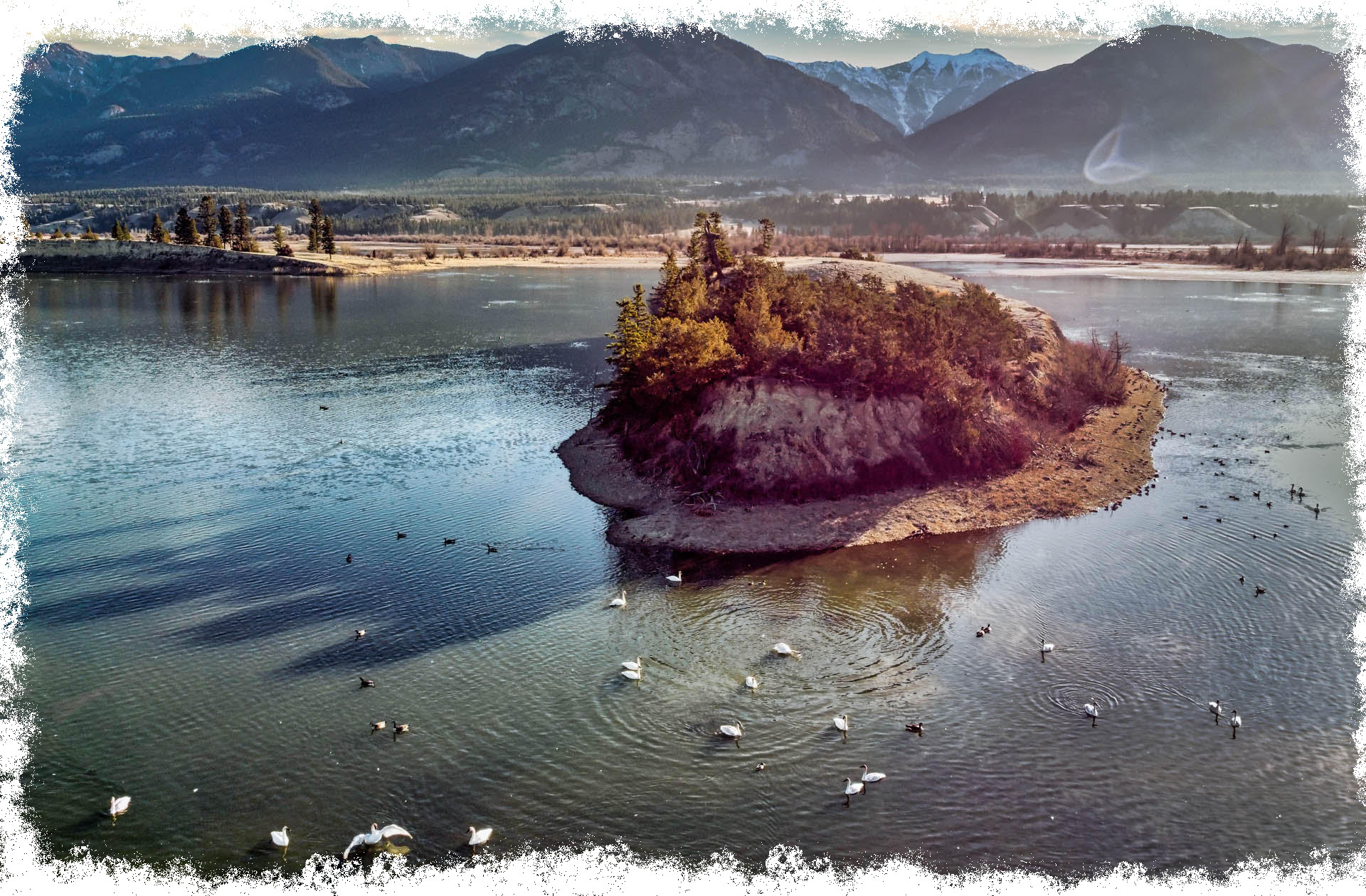Restoring native plant habitat is vital to preserving biodiversity, especially in habitats that have previously been overrun with invasive plants.
Native plants provide the ecological basis upon which life depends, including other animals, plants, and people. Without them and the species that co-evolved with them, biodiversity diminishes. But there are some plants lurking in our gardens that threaten our natural landscape. In 1992, famed Harvard biologist Edward O. Wilson branded invasive species the second-largest cause of extinctions worldwide, behind habitat destruction.
How did the problem get so large? Of course, gardening is not the sole vector of spread for invasive species; however, over the past century, urbanization and has transformed our native landscapes, fragmenting and transforming them with lawns and exotic ornamental plants. Many of the invasive species in this region are garden escapees. Plants originally brought to the area through the horticulture trade, and jumped the fence of an innocent gardener or hitched a ride on the dirty shovel of a landscaper into the natural landscape. Once outside the boundaries of our manicured yards they realize there were no gardeners, native predators, nor pathogens to keep them in check; they quickly spread, covering the native landscape and outcompeting native species and degrading habitat in remaining natural areas.
In cases where invasive plants do establish, removing them is not enough. Native species are delicate in these situations and they need help to grow amongst the prolific seed banks and super-power like characteristics of the invasive plant population. In these cases, re-introducing native plants with some strategic design features to help them on their way can provide hope of renewing natural habitat for many species.
Unfortunately, many invasive plants are still sold in nurseries and the onus of responsibility is left with the consumer creating a buyer beware situation. Thankfully, invasive species action groups are working collaboratively with the horticulture industry to promote responsible gardening by reducing the sale and purchase of invasive plants through the PlantWiseprogram. This program that supports the (ornamental) horticulture industry’s transition to become invasive-free, and is helping gardeners and industry understand which plants are invasive and harmful to our communities, and to make ‘PlantWise’ choices.
On Friday May 10th, the East Kootenay Invasive Species Council is hosting a field trip to restore a site on the banks of Sinclair Creek in Radium. If you would like to learn more about the benefits of native plants and the process of restoring an invasive plant site come join them and get your hands dirty.
